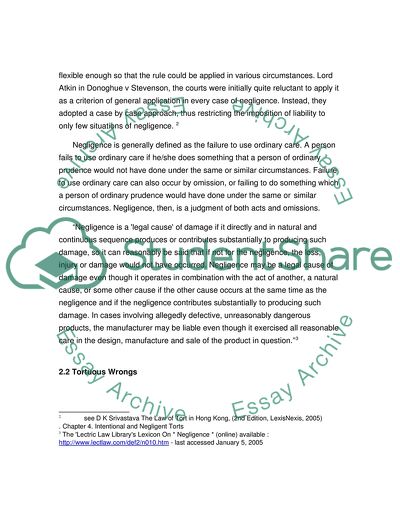Cite this document
(“Hong Kong Law of Tort Essay Example | Topics and Well Written Essays - 3000 words”, n.d.)
Retrieved from https://studentshare.org/miscellaneous/1535731-hong-kong-law-of-tort
Retrieved from https://studentshare.org/miscellaneous/1535731-hong-kong-law-of-tort
(Hong Kong Law of Tort Essay Example | Topics and Well Written Essays - 3000 Words)
https://studentshare.org/miscellaneous/1535731-hong-kong-law-of-tort.
https://studentshare.org/miscellaneous/1535731-hong-kong-law-of-tort.
“Hong Kong Law of Tort Essay Example | Topics and Well Written Essays - 3000 Words”, n.d. https://studentshare.org/miscellaneous/1535731-hong-kong-law-of-tort.


